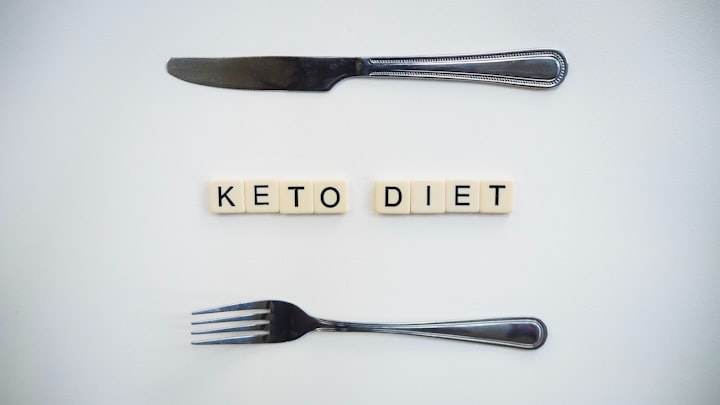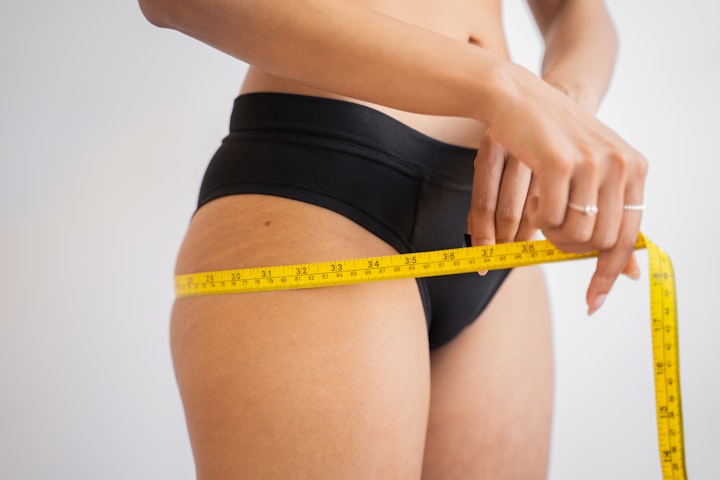
If you're looking to start a Ketogenic Diet, there are many things you need to know before you take the plunge.
Ketogenic diets are becoming more popular these days due to their amazing weight loss benefits and ability to help prevent diabetes. They are also great for helping reduce inflammation in the body. But, before starting this diet, it's important to understand how it works and what it is.
Ketogenic Diet Basics
The Ketogenic Diet is a way of eating that mimics the metabolic state of ketosis found in those who don't consume carbs - it's been used as a treatment for epilepsy since the 1920s.
In a nutshell, ketosis occurs when your body uses fat as its primary fuel. It can be difficult to get into ketosis because glucose is always our main source of energy. That's why cutting carbohydrates from your diet is essential for getting into ketosis.

There are different variations on the Ketogenic Diet, but it typically consists of 75% fat, 20% protein and 5% carbohydrate intake. This will allow you to keep your sugar low and reduce inflammation in your body. One thing you should know before starting this diet is that it requires strict adherence to these percentages because any deviation could put you out of ketosis.
Another thing to note about this diet is that if you're not careful with what you eat, it could end up being expensive or difficult to follow. You'll need to be diligent about tracking what foods contain carbohydrates and make sure you're sticking with the allotted percentages for each day.
What Can Ketogenic Diets Help With?
Ketogenic diets can help with many things. For one, they have been shown to be a successful weight loss tool. In one study, 100 subjects were put on a ketogenic diet and after 24 weeks, the average person lost 26 pounds. This is all without exercising or altering their diet beforehand.

Additionally, ketogenic diets have been proven to reduce the risk of diabetes by as much as 53 percent in those who are at risk. And lastly, they can even protect against certain types of cancer. As more research is done on ketogenic diets, we're discovering how helpful they can actually be for our health and wellness.
Most people assume that ketogenic diets restrict your food intake drastically and make you feel hungry all the time. But this isn't true! In fact, most studies show that people don't feel as hungry because on a keto diet you eat less overall calories without feeling hungry or deprived of nutrients.
If you're interested in getting started with a Ketogenic Diet but want to learn more about what it is before doing so, read this article from our blog!
Get your FREE Essential Keto Cookbook to start your journey
What to Expect When You Start a Ketogenic Diet
A ketogenic diet is a high fat, low carbohydrate and moderate protein diet. It's called "ketogenic" because it causes the body to produce ketones in the liver, which are then used for energy. Ketones are produced if there isn't enough glucose available to use as fuel so your body switches over to using fats for fuel instead.

A lot of people who start a keto diet experience "keto flu," which is a period of time when you begin the diet and can feel sluggish or have headaches or constipation. The reason for this is that it takes your body about two weeks to enter ketosis and break down your glycogen stores (the storage form of glucose).
During this time, the carbs we eat are converted into glucose and stored as glycogens - and since we're not eating carbs, that means we're not releasing any insulin at all. This can lead to cases of hypoglycemia (low blood sugar), but these symptoms should only last a few days before they dissipate completely.
Some other side effects you'll experience as you start keto include increased hunger, increased water consumption (due to the way our kidneys handle electrolytes), dry mouth, dizziness, nausea, bad breath and
How to Start a Ketogenic Diet
Ketogenic diets involve getting your body into ketosis by making your body run out of carbs and turning fat into ketones. Once your body runs out of carbs as energy, your liver produces ketones from fat as fuel. This helps keep blood sugar levels stable and reduces inflammation throughout the body.
In order to get into ketosis, however, you have to cut back on carbs significantly until your body can't produce glucose anymore—and then increase your consumption of healthy fats like avocados, nuts, and olive oil. This will help push your body into a state of ketosis where it's running off fats instead of carbohydrates as a primary form of energy.
How to Stay on the Diet
There are two major rules to follow when on the Ketogenic Diet:
Rule One: You can't eat any carbs.
Rule Two: You can't eat any sugar.
If you follow these two rules, you're guaranteed to stay on the diet and reap all of the benefits. But, if you ever break those two rules, it's not as big of a deal as long as you go back to following them right away. This is because your body will quickly adjust and return to fat-burning mode. So, if you do slip up and consume carbs or sugar, don't fret! Your body is an amazing machine and will bounce back in no time with just a little encouragement from you.
Get your FREE Essential Keto Cookbook to start your journey





Comments
There are no comments for this story
Be the first to respond and start the conversation.